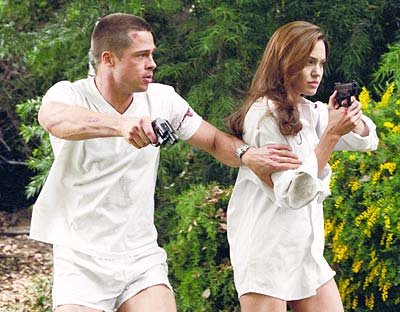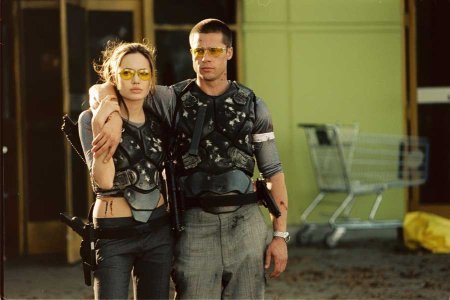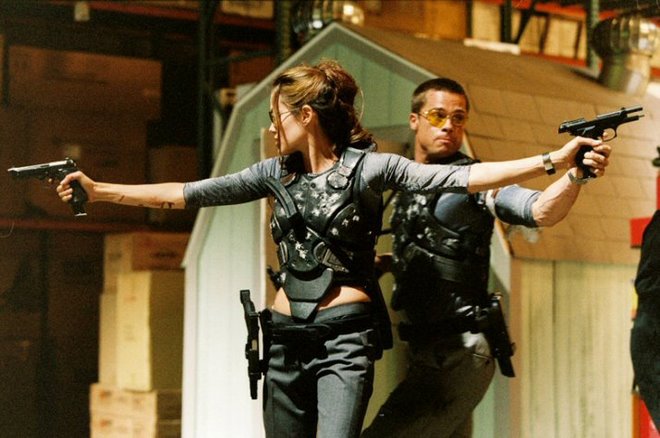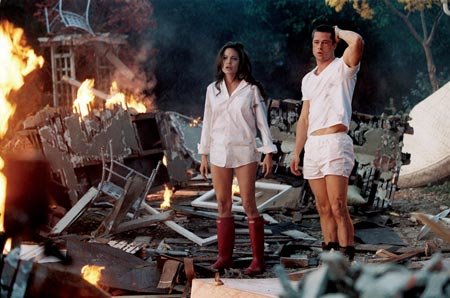Over time and across the generations, celebrity worship by young females between 10 to 20 years of age has changed. As Hopkins points out, “Male teen idols are secondary - the primary fantasy object in contemporary girl culture is the celebrity female.” (Hopkins, 4) Large posters of the Beatles, Bay City Rollers, Skyhooks, Duran Duran… in the bedrooms of girls growing up in the '60s, '70s and '80s, are now substituted for large posters of favourite girl heroes. Whether these girl heroes are their fantasy mentors or virtual older sisters, there is a yearning and desire fostered to become as famous and as powerful. On a mass scale, this is a tendency of the younger teenage girl. Perusing the audiences of Spice Girls and Bardot, for instance, will show that the median age is 13, if not younger; the age when fantasy and reality are merged and possibilities are infinite. But isn't this a passing phase, like playing hopscotch, nurses and doctors, hide and seek? Will a 13-year-old continue to model her life on the amorphous illusion of her girl hero, or will she wake up one day, nearer to adulthood, searching for the every day conversation, the basic ordinariness of life and its subsequent fundamentals? Unlike her girl hero who, in celluloid, never ages, never stops and reflects, never grows with the advent of daily responsibility, the 13-year-old does and so, at 23 and 33 far outgrows the girl hero of eternal youth.
“They're great role models, and they're much prettier in person. Oh my god, Sophie's beautiful”
Still 'girl heroes' or 'fame babes' may be reflective of, and banking on, the modern day girl's overriding desire for grand success. As Hopkins states: “Fame is replacing romance as the dominant female fantasy (…) Love and marriage is no longer the final answer to youthful feminine desire” (Hopkins, 189-191).
Subscribe to:
Post Comments (Atom)






No comments:
Post a Comment